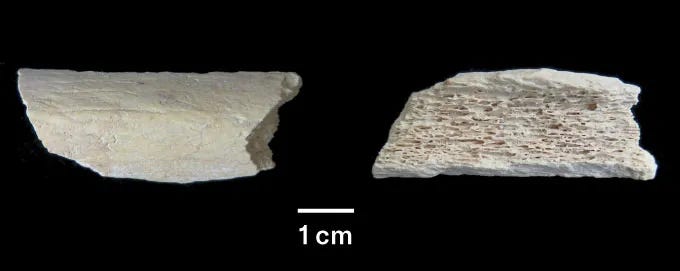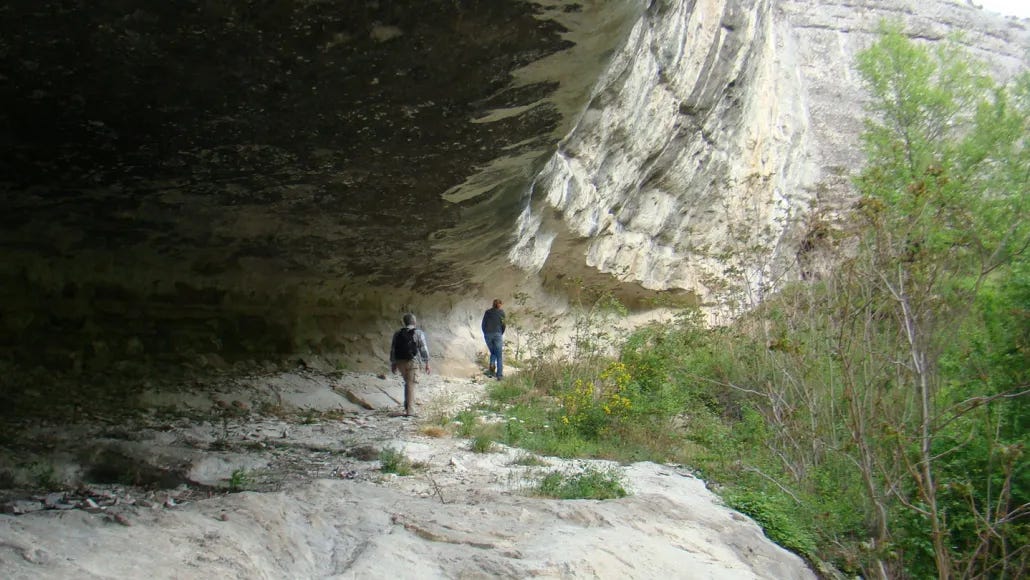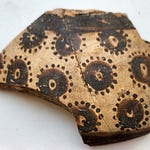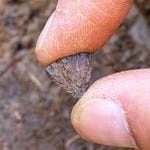The Bone That Shouldn’t Have Mattered

For years, it sat among thousands of unremarkable animal fragments. Roughly five centimeters long, the weathered sliver of bone from the Starosele rock shelter in Crimea looked no different from the countless others unearthed there. It took the combined power of collagen fingerprinting, radiocarbon dating, and ancient DNA sequencing to reveal what the naked eye could not: this was a Neanderthal.

The team led by Emily Pigott1 of the University of Vienna dubbed it Star 1, and its discovery would connect the limestone cliffs of Crimea to the windswept mountains of Siberia—3,000 kilometers away.
“The genetic link between Starosele and the Altai is the clearest evidence yet that Neanderthal groups were not confined local populations,” says Dr. Elena Rossi, a paleoanthropologist at Cambridge University. “They were mobile, resilient, and capable of crossing ecological boundaries that once seemed insurmountable.”
Listen to this episode with a 7-day free trial
Subscribe to Anthropology.net to listen to this post and get 7 days of free access to the full post archives.









